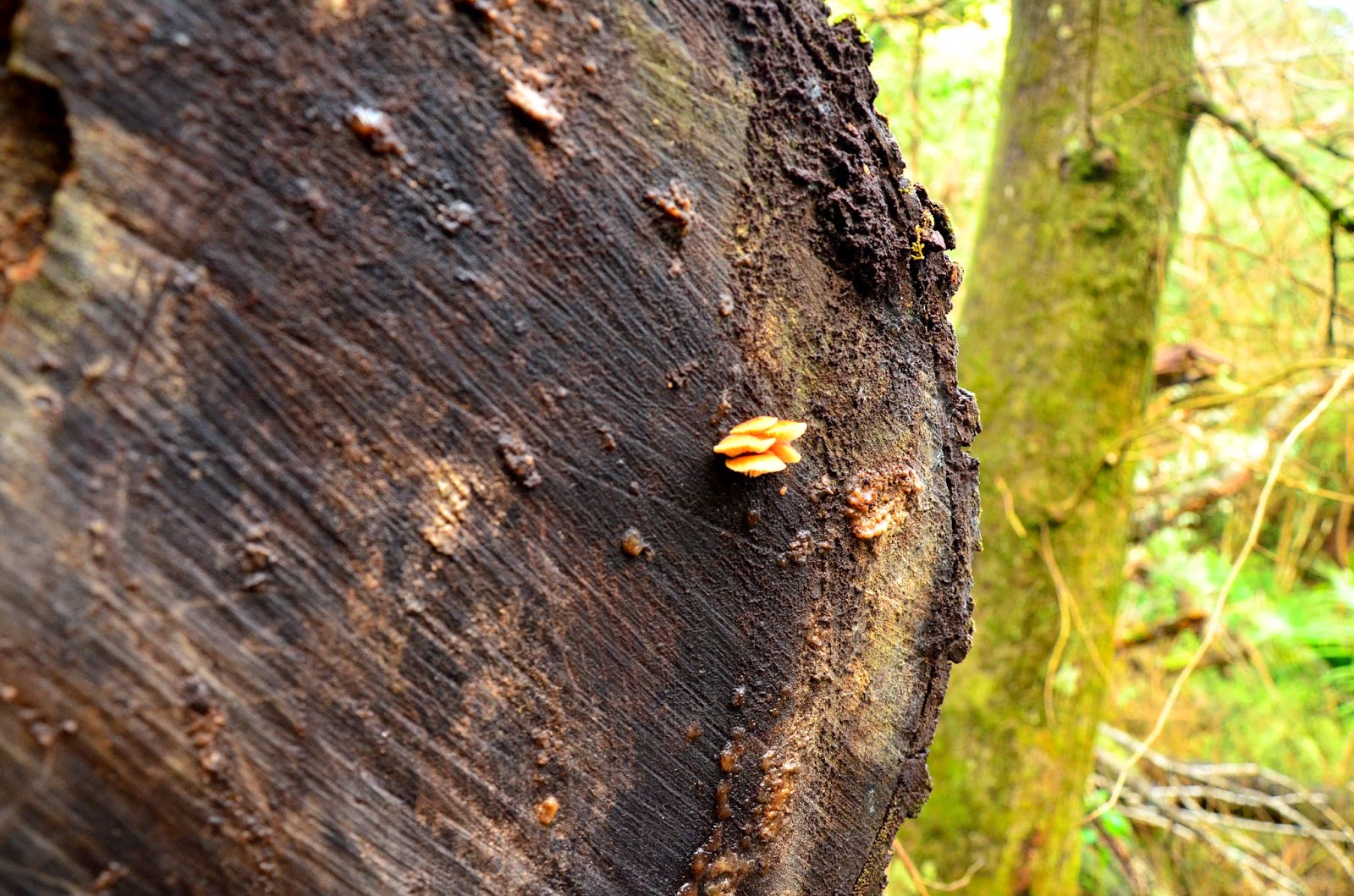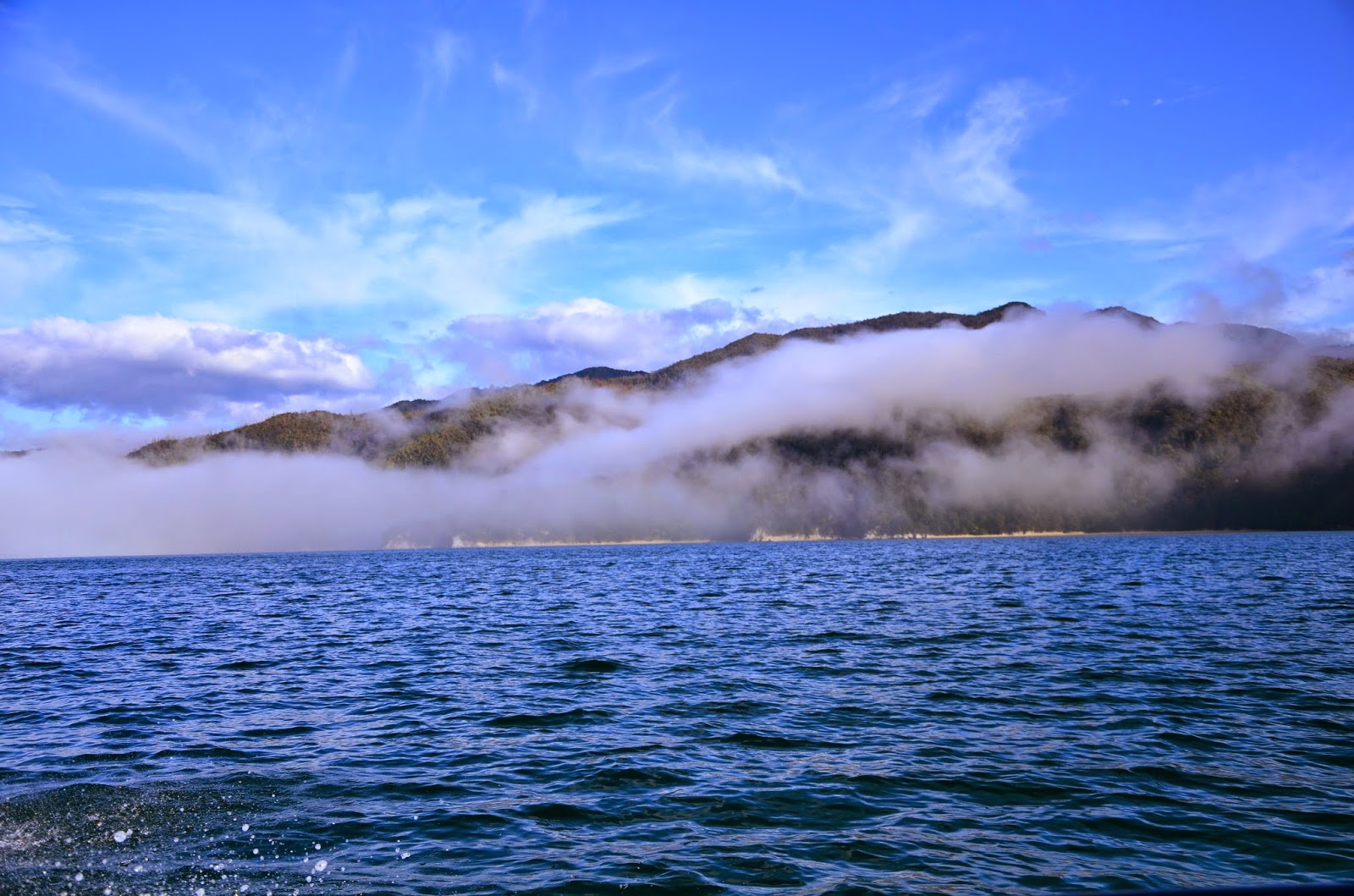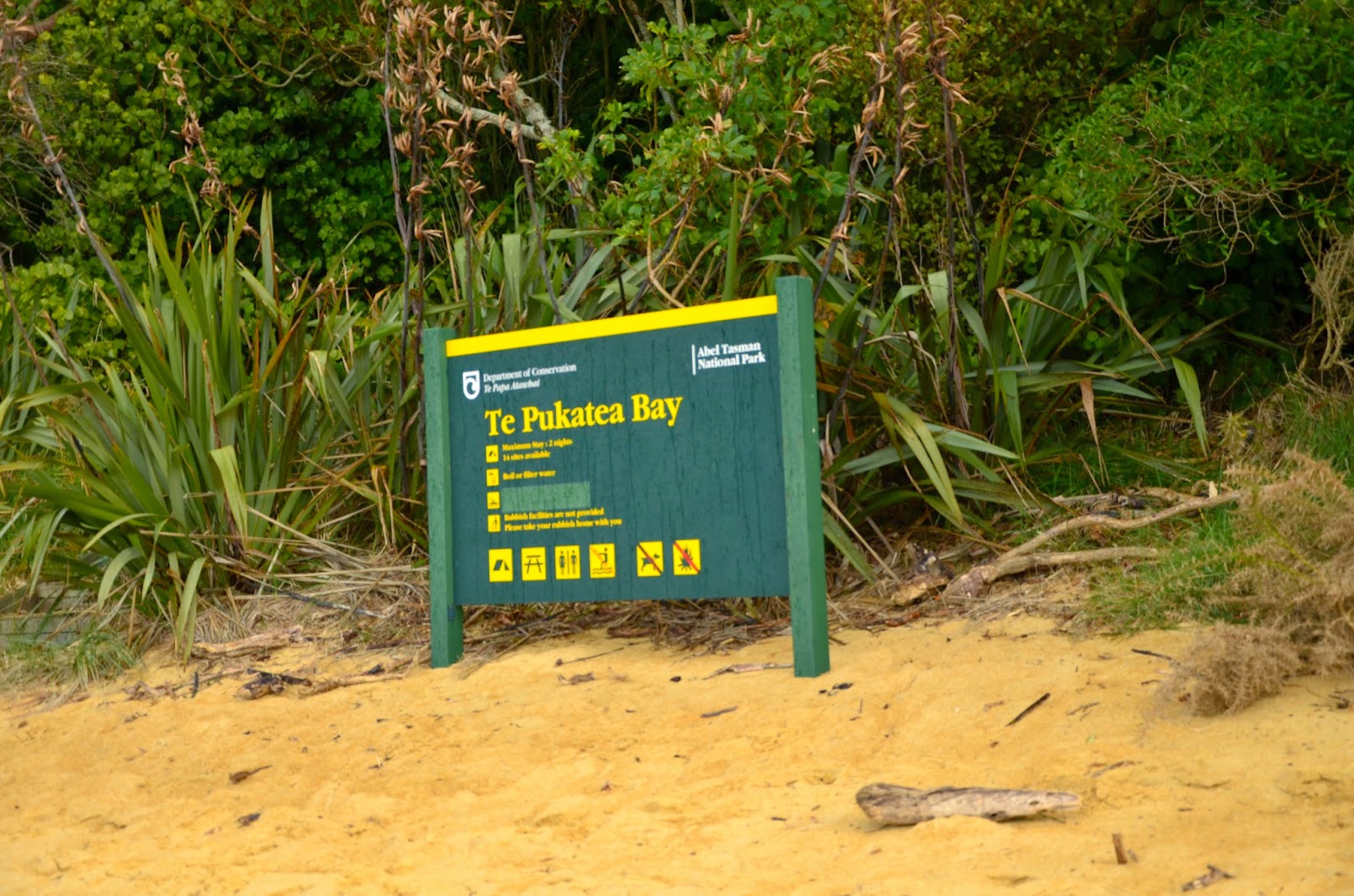Journey to Nelson
Moutere Inn - Oldest bar in New Zealand
We randomly driving around and reach Upper Moutere town, but too bad the bar only open in lunch time. 2 Hours to opening time, so we decided not to wait and search for other animal farm available.
We just drive around but still fail to get a animal farm that open for public.
The Moutere Inn is located in Upper Moutere in the Tasman District of New Zealand. It is New Zealand's oldest pub to remain operating in its original building. While there are a couple of older licenses still operating, none of them are operating from either their original location or building.
The Moutere Inn was established in 1850[1] by Cordt Bennseman, a German immigrant. The building has remained largely the same apart from the original verandah being lost when the main bar was extended in the 1960s.
The Inn now specialises in a continually changing range of craft beers, real ales and wines from around the Moutere area. http://en.wikipedia.org/wiki/Moutere_Inn
Feeding the cow.
Journey to Nelson
We give up of finding animal farm as all close in Winter.
We found some hut that selling fresh grape juice, we stop and try to purchase some. When get in, can't see anyone around, just grab and put the money into the red money box there. NZD 10 for 2x1L.
Nelson City
We stay at The Prince Albert Backpackers & Bar
Lunch of the day, we cook when reach. Not yet have lunch.
The Center of New Zealand - On Botanical Hill
The Centre of New Zealand on Botanical Hill is one of Nelson’s most popular walks. The starting point is the Botanical Reserve, over a footbridge from the end of Hardy Street, or you can start at the Nelson Visitor Information Centre and follow the Maitai Walkway to the Hardy Street footbridge. Take a look at the interpretive panel at the bottom of the hill for some views of Nelson over the last century, and the history of this ‘Village Green’.
To reach the Centre of New Zealand will take 20-60 minutes, depending on your age, speed and fitness. The main track is suitable for sturdier push chairs and buggies. At the top take a seat, enjoy the stunning view and pick out the features of Nelson’s geography from the information panels.You can go downhill on one of the other tracks on the Botanical Hill, or opt to head along the hillside to Walters Bluff. A good summer option is to take your togs, walk down the eastern side of the hill to Branford Park, have a swim at Black Hole and take the Maitai Track back to your starting point.
The name reflects the work of John Spence Browning the Chief Surveyor for Nelson in the 1870's. He used the top of the hill as a central survey point for doing the first geodetic survey of New Zealand when earlier isolated surveys where combined. A survey in 1962 located the centre of New Zealand at 41deg. 30min S., 172deg. 50min E., which is a point in the Spooners Range in the Golden Downs Forest. The survey did not include the Chathams.
After that, we go to Botanical Reserve
Kauri Tree
The Center of New Zealand
Sunset view of Nelson city from The Center of New Zealand
Another side of the view,
We take around 40 mins to reach the top, so when we reach back to the botanical garden, the sun already set. we get back to hostel to have our dinner.
End of Day 15

























































































